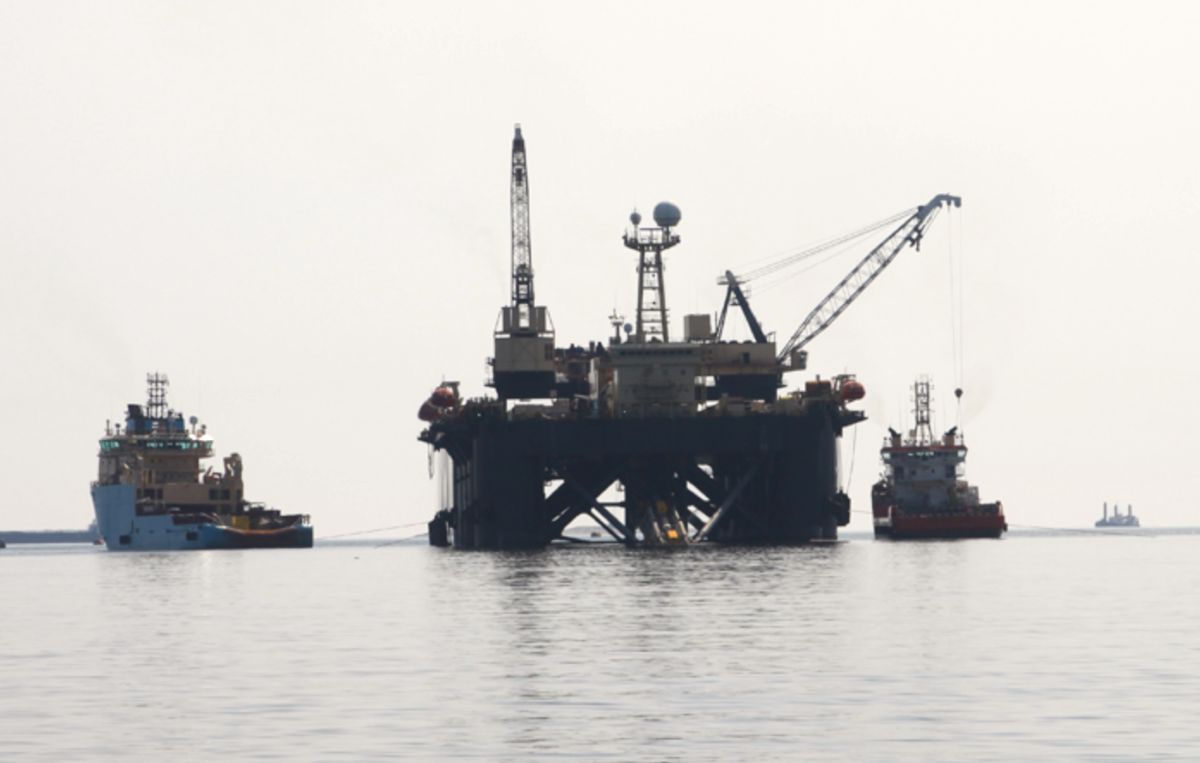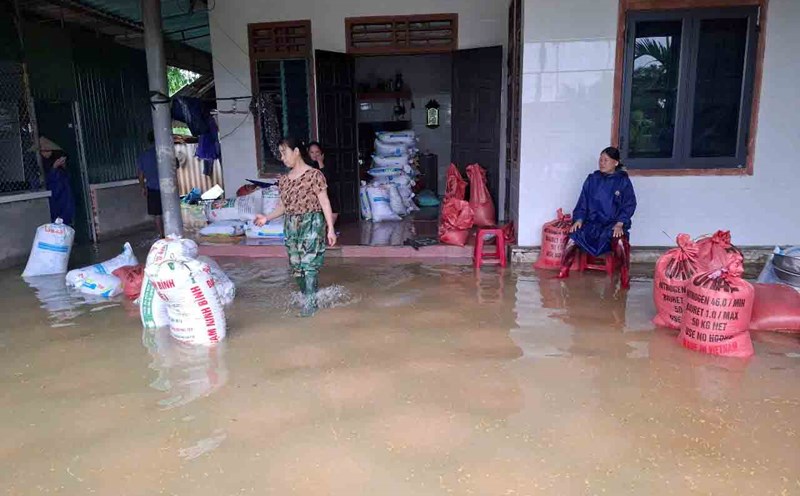According to Upstream, although Europe has announced that it will completely cut off Russian gas before 2027, Moscow has not given up its dream of bringing energy back to the old continent. The path chosen by the Kremlin is the Nord Stream 2 gas pipeline.
Although one of the two branches of the Nord Stream 2 pipeline was severely damaged after the 2022 explosion, the other half remains intact, enough to transport 27.5 billion cubic meters of gas per year - equivalent to more than 10 billion USD in annual revenue if considered according to current gas prices in Europe. A strategic card worth tens of billions of USD and is not easy to abandon.
Moscow is still proposing to resume gas supplies through the remaining branch with the condition: gas sales will be exempted from the billion-dollar lawsuits that European customers are pursuing after Russian oil and gas giant Gazprom stops supplying gas in 2022. Although the EU refused to respond, Russia persisted. And they have reason to be optimistic.
Three days after European Commission President Ursula von der Leyen's announcement of a roadmap for cutting off Russian gas on May 6, a Swiss court suddenly turned the green light on the Nord Stream 2 operator to continue operating and negotiating with creditors, helping the company avoid the risk of bankruptcy.
This allows Gazprom to continue its legal battle against the European Gas Regulation (EGD), which requires separation of production and operation activities, as well as opening the pipeline to a third party for use.
If Gazprom reduces its ownership of Nord Stream 2 to 49.9% and gives the operation to an independent unit, it could "circumvent" the law.

The US media even reported that an American investor had considered buying the Nord Stream 2 project - a prospect that Kremlin spokesman Dmitry Peskov called completely commercial and unpoliticized.
Not everyone inside the EU agrees to cut off Russian gas. Slovakia and Hungary - which still maintain friendly relations with Moscow - have publicly opposed the EU's gas cut roadmap.
Serbia, although not yet a member of the EU, is still negotiating a new gas contract with Gazprom. Meanwhile, Slovakia wants to increase gas imports via the TurkStream pipeline - when the transit route through Ukraine has been blocked since January 1 this year.
The Wall Street Journal also revealed that another US investor is seeking to control the TurkStream gas pipeline in Bulgaria to expand capacity - another step to help Russian gas penetrate Southern Europe.
All of Russia's hopes still face a major obstacle, the conflict in Ukraine. However, many sources told Reuters that the partial restoration of Russian gas flows could become a negotiation condition in a post-war ceasefire agreement - a prospect that both Russia and the US could accept.










